 My approach to recovery centres around three things, relationships, communication and meaning making. So I am saying that the difficulties you have are connected to one or all of these.
My approach to recovery centres around three things, relationships, communication and meaning making. So I am saying that the difficulties you have are connected to one or all of these.
Communication is everything
Today we are going to focus on communication and the part it often plays in your unhealthy and addictive behaviour.
Now when you hear the word communication what do you think of? Let me tell you what I think of, EVERYTHING! You see communication is not only generally a much bigger thing than you think. But when you have finished reading and understanding this, you will see why I say that communication is everything! We are always communicating something (not always what we want to) because someone is making meaning from what we are doing.
How we communicate more than we meant to
Did you ever decide not to speak to someone? Let me ask you something, did they make meaning from what you did? Of course they did! Everything we do communicates something. Now let’s see how you apply this to your recovery.
Communication – Direct and Indirect
To explain this I need to make a distinction, let’s split communication into two, we will call our two types ‘direct’ and ‘indirect’. Let me describe them, direct communication is when you tell someone what you are feeling in a simple and personal way, “when you said that it really hurt me” would be an example of direct communication. Indirect communication is everything else! That time you closed the cupboard door a little too loudly, when you rolled your eyes, tutted and sighed. It’s the tone you use, the expression on your face.
Now, direct communication we can probably leave alone but looking at the area of indirect communication will bring tremendous benefits in our recovery, so let me define it a little more sharply. You communicate something indirectly when you want someone to know something but you don’t want to say it.
Now that wouldn’t be a big problem except for one thing, they never get it! You might think they got it because when you looked angry they stopped bothering you but it’s not the same thing. This is because of another communication principle, meaning is made by the receiver not the sender. It will not be the meaning you want them to make!
The Practice of good communication
Now, how do you put these ideas into practice? I am certainly not suggesting that you simply make everything direct! Just think about someone you have met that seems to say everything on their mind without much in the way of self-censorship. They are not usually doing very well in their relationships, for obvious reasons. No there is a process and it looks like this;
1 Raise your level of awareness
2 Accept your own reality
3 Act on what you learn
You will probably recognise this from the AAA post and I encourage you to read that and study the ideas in it.
Awareness
Now I will take all of these in turn. Firstly raising awareness. Without changing anything else that you do, start to notice the little things you do, and ask yourself regularly, what did I want them to know by that? Now all of this can be done without changing your behaviour or relationships. Of course raised awareness itself changes things, but that change is not managed it is just part of a natural process. Often raised awareness on its own brings major changes towards health.
Acceptance
The next step is to accept (or own) what we wanted to say, and, as part of this acceptance begin to ask ourselves what is it that prevents us from saying those things directly. This is based upon a very important recovery principle which is that we cannot change until we look at ourselves. As soon as we start to raise our awareness around our own difficulties we start to grow.
Action
The final step is one of action and so we need to understand the process of healthy action. I want to offer a process that I have found to be effective in improving relationships through communication. But before we do that I must emphasise that this step comes after the first two. The whole process becomes healthy when we take it a step at a time. I have spoken about this as a process in another Blog post (please see AAA Awareness, Acceptance and Action). We cannot take effective action until we accept something and we cannot accept something until we are aware of it.
The practice
So the process of action goes as follows;
1 Tell yourself what you really wanted to say when you communicated indirectly (even including the swearing)
2 Take the communication through the three filters of politeness, assertiveness and authenticity.
3 Decide whether to communicate directly.
So let’s take this process one step at a time.
Step 1 We ‘translate’ our act of communication into a simple sentence. Now because we are never going to say this to anyone else we can start to be honest with ourselves but because we are new to this we need to realise that this is not easy, we need to concentrate and practice to make sure that we have got to the real meaning.
Step 2 is where we take our translation and filter out the things that make it difficult for us to say. We take out the offensiveness, next we take out the aggression, and finally we take out the falseness that can come in as part of the first two filters. So firstly we simply make it a polite message, by removing this we make our communication easier to hear. Next we make it assertive, it is important to understand that in communication terms telling someone to do something is ‘aggressive’, so this filter makes us the agent of change not the other. I will give examples of this at the end. The last filter is to really make sure that in using the first two filters we have not lost the main idea in the communication, in other words we keep it real.
Step 3 is about choosing to tell the person directly or not. Telling them is not always the best idea. We should take time to practice and get better at translation. Just understanding ourselves better will be a huge health promoting activity.
Let me finish now with a couple of examples that should make this process more clear.
Make the shift to assertive communication
Remember the last time you communicated something indirectly. We might have something like “stop BLEEP bothering me! You are always BLEEP going on at me”. So we have been honest and let ourselves know what it is we wanted them to know. Next we filter it. First we make it more polite and get something like “leave me alone, you never stop criticising me”. Next we make it assertive which takes it back to the ‘I’ position and we get “when you go on at me like that I feel got at and not good enough”. Finally we make sure it is authentic and we end up with “When you go on at me like that I don’t feel good enough and I want to ask you to leave me alone but I don’t know how to say it”.
Finally you need to decide if it is time to say this directly to the person in question, or if you should just reflect on this disclosure ourselves.
Thanks for taking the time to read this, and I hope it helped you to improve your self-knowledge. If you practice you will get better and it will tell you a lot about yourself and your relationships.





0 Comments